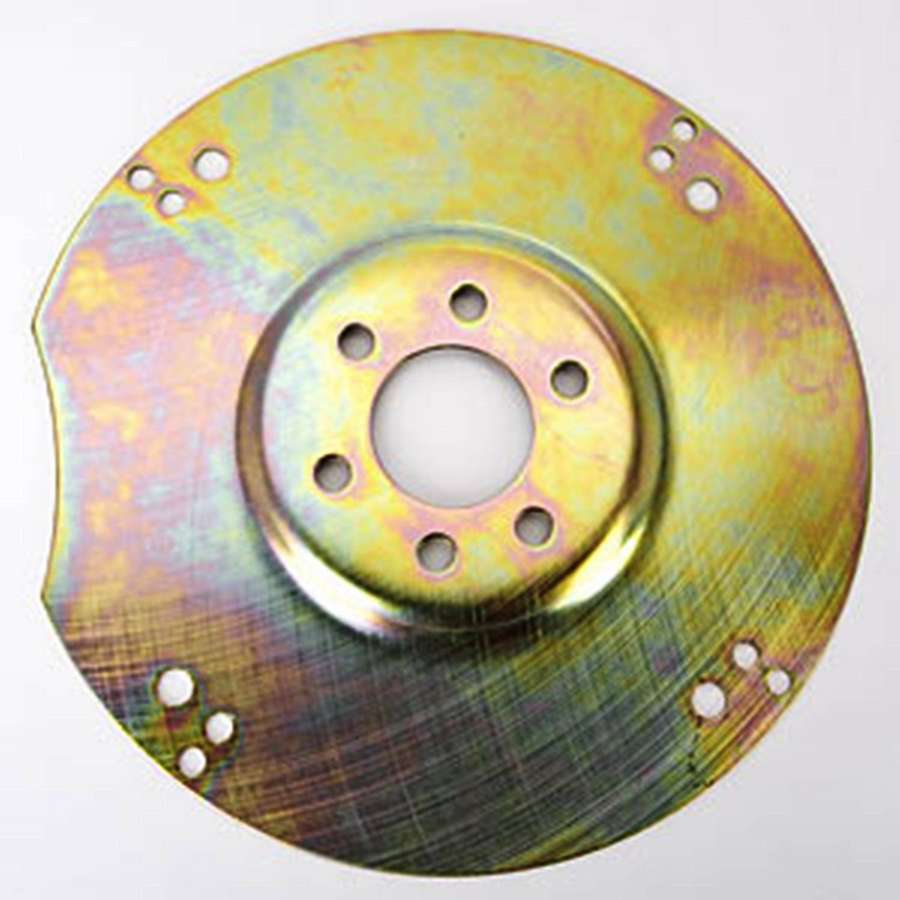A727 Flexplate (340 Ci.)
B & M PERFORMANCE | Part# BMM-10235
5 in stock
Highlights:
- Outside Diameter (in) - 11.75
- Weight (lb) - 3.50
- Crankshift Bolt Hole Count - 6
- Title - B&M 10235 Flexplate
- Bullet Point #4 - Ideal For Street Applications
- SFI Certification Sticker - Included
- Bullet Point #3 - Includes SFI Certification Sticker
- Balance - Internal
- Bullet Point #1 - NHRA and IHRA Legal For All Classes
- Dual Pattern - No
- Ring Gear - No
- Bullet Point #2 - To Extreme Duty Racing
- IHRA Legal - Yes
- NHRA Legal - Yes
- SFI Approved - Yes
- N/A
- Application - Fits 1971 to 1976 Chrysler, Dodge, Plymouth with a 340 CID engine and a Torqueflite A727 automatic transmission. 10 inch and 11.125 inch bolt pattern. For externally ballanced engines.
Flexplate, 6 Bolt Crank For TF 727
$147.95
Fits 1971 to 1976 Chrysler, Dodge, and Plymouth with a 340 CID engine and a Torqueflite A727 automatic transmission. Has a 10 in. and 11.125 in. bolt pattern. For externally balanced engines. SFI spec 29.1 approved, NHRA and IHRA legal for all classes. SFI certification sticker included (recertification required every 3 years). Ideal for street applications to extreme duty racing and high RPM (above 6,000) use. B&M's new Radial Tension Technology puts a new spin on flexplate technology. As engine performance levels increase, stronger flexplates become necessary. Until this point, stronger flexplates meant thicker flexplates. This works, but it adds unwanted weight and prohibited the flexplates from working as it was designed. Flexplates are designed to provide a protection against converter and transmission run out or OEM misalignment, which will cause transmission andor converter failure. A rigid flexplate gives no protection. The ultimate design for a flexplate is extreme strength, flexibility and minimal weight. B&M's new RTT performance flexplate accomplishes this goal. B&M's design allows for the removal of unnecessary material from non-critical stress areas. Less material means less weight giving you the benefits of a lightweight, flexible design with thicker material for maximum strength!








